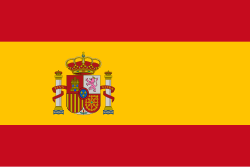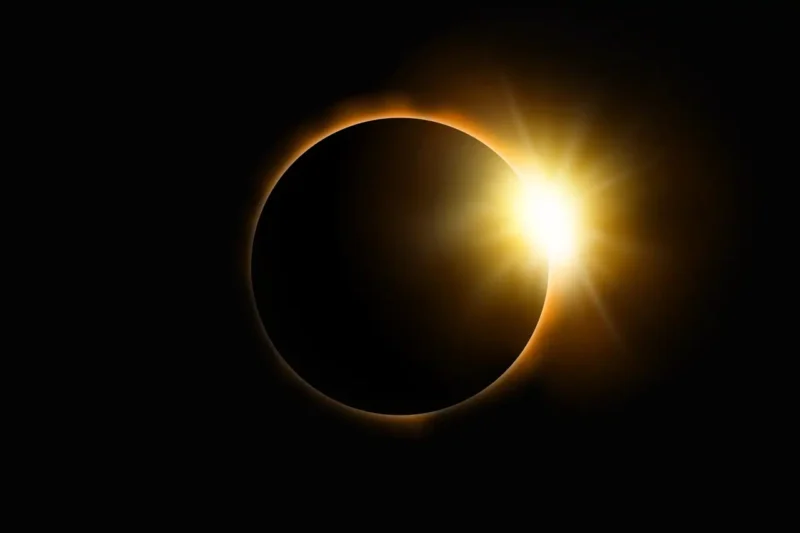Lovers of astronomical events will enjoy a partial solar eclipse next Saturday. The first of a series of shows that the sun will offer us until 2028.
From this, a series of solar eclipses can be seen. Two total in 2026 and 2027 and one annular in 2028. Which will be part of the astronomical calendar for the coming years.
A partial solar eclipse happens when the Moon partially passes in front of the Sun. Unlike total eclipses, where the Sun is completely hidden. Partial eclipses allow some of its light to remain visible.
As a result, there is a decrease in daylight and the solar disk appears as if it were bitten.
The partial solar eclipse on Saturday 29 will be visible from the North Atlantic Ocean. Part of the Arctic, northwest Africa, most of Europe, the eastern tip of America, northwestern Russia and Greenland.
The astronomers specify that the total duration of the phenomenon will be 213 minutes (just under four hours).
To protect your eyes, it’s crucial to observe the eclipse safely. The Sun should never be observed directly with the naked eye or with sunglasses, they warn.
Other safe ways of observing the eclipse are indirect projection methods. Such as using a sheet of paper, with a hole in the middle. When you hold it, the Sun’s light will pass through the hole and reflect the eclipse Sun on the ground or another leaf, specialists explain.
With information from Prensa Latina
Translated by Radio Angulo
- Cuba Announces Selection of Top Athletes for 2025 - 17 de December de 2025
- Holguin Advances in Hydraulic Works Projects - 16 de December de 2025
- Holguin’s Advances in Coastal Protection with Renewable Energy - 16 de December de 2025

